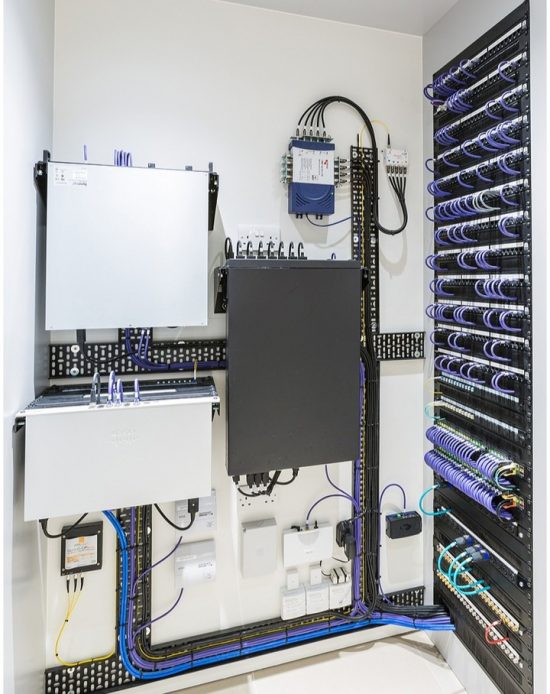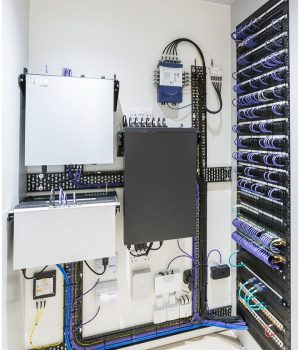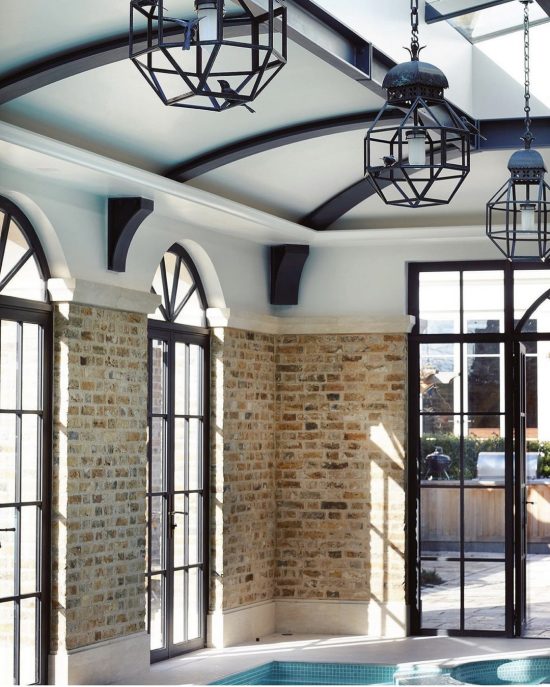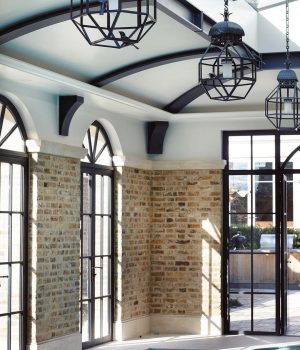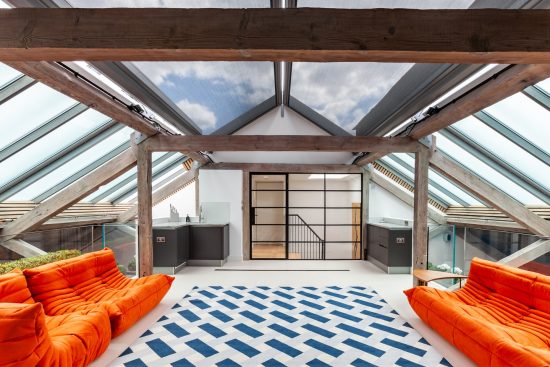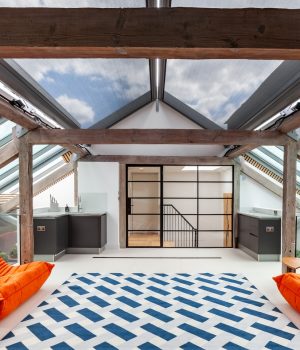It only seems like a few years ago that automated devices and technology that does what you want it to, no matter where you are, were reserved for sci-fi movies and TV shows. Today, a quick push of a button or sometimes a voice command will turn on lights, play your favourite song, switch on the TV, lock doors, and much more — thanks to home automation.
But what is home automation? The concept is naturally somewhat overwhelming to many people, as the technology is still relatively new and undoubtedly requires modern consumers to trust and understand it before the benefits can be recognised/appreciated. This post will take a closer look at home automation, highlight the key benefits of implementing it, and talk about how it actually works.
What is Home Automation?

As the name suggests, home automation consists of the use of automatically controlled electrical devices in a household. Devices are connected and synced using the internet, allowing for remote control and a range of applications. Home automation allows for devices to trigger one another without the need for manual input, creating autonomous tech-based eco-systems within the home to carry out a vast array of tasks.
Great examples include lights being scheduled to come on if you are out of the house or even away from home, whether it’s for convenience or security, as well as scheduled heating and air conditioning to ensure you come home to a perfect, comfortable living environment. Simply put, home automation makes your everyday life a lot more convenient, thanks to the lack of effort required for individual tasks. Additionally, it lends itself well to reducing household costs, as you will only be using devices as and when you need them. There are also security advantages as you can implement cameras, alarms, and other security devices within your automated system.
How Does Home Automation Work?
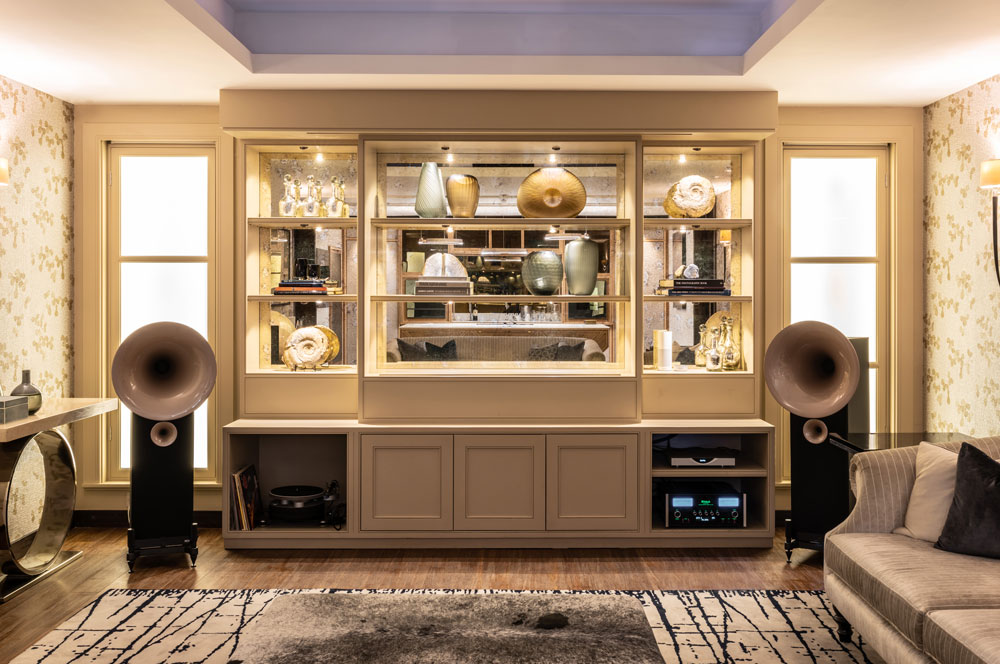
While many people ask, “what is home automation?” fewer tend to learn how it actually works. Fortunately, we’re here to offer a bit of insight in that regard. Home automation is a network of devices connected to the internet through various communication protocols such as WiFi and Bluetooth. Such devices are referred to as The Internet of Things (IoT), which are ‘things’ embedded with sensors or software to connect to networks and perform tasks. Using a range of interfaces connected to your network, the devices in your home can be managed using remote controllers, such as apps.
Many IoT devices contain sensors designed to recognise motion, temperature change, and light levels to learn more about their surroundings and adapt to suit users’ needs. To perform desired tasks requiring physical changes to devices, the devices use mechanisms such as smart light switches and motors to be controlled via remote access.
What is Home Automation Good For?
Remote access
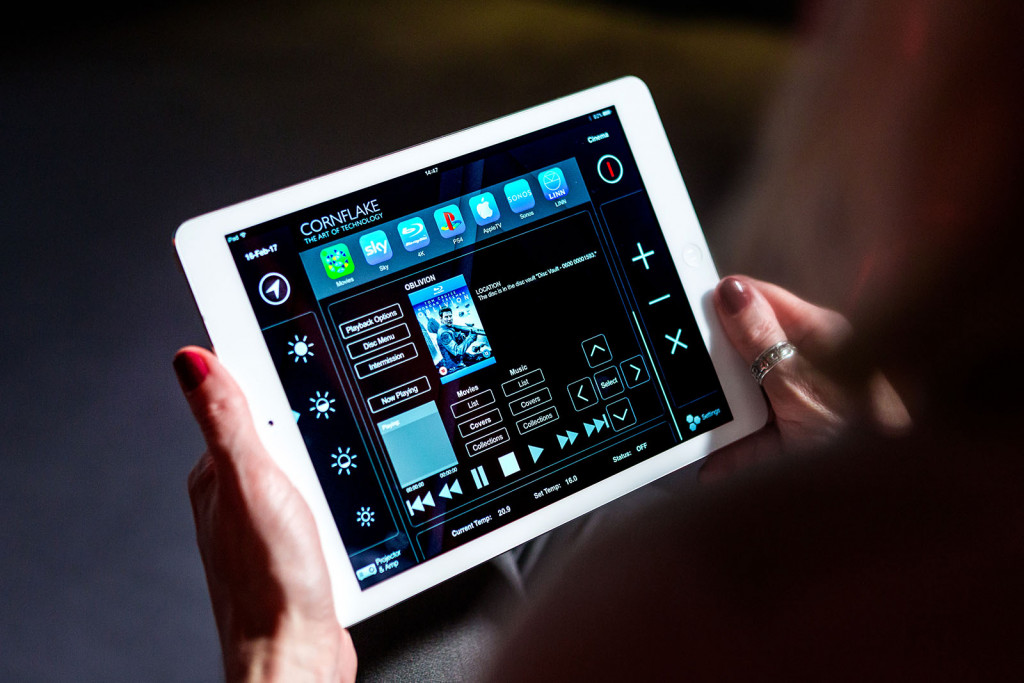
Controlling devices remotely allows for applications such as unlocking doors for other people when you aren’t home, such as babysitters or housekeepers (or family members who forgot their key). This means you no longer have to concern yourself with returning home to unlock a door or risk security by leaving a key outside.
Energy efficiency

The modern world is much more eco-friendly and environmentally conscious, and it can be seen in the way we use technology. With home automation, you can monitor, configure, and turn devices on/off remotely. Heating systems and air conditioning — as well as all of your power-hungry devices — can be scheduled for maximum benefit while preventing energy waste.
Comfort
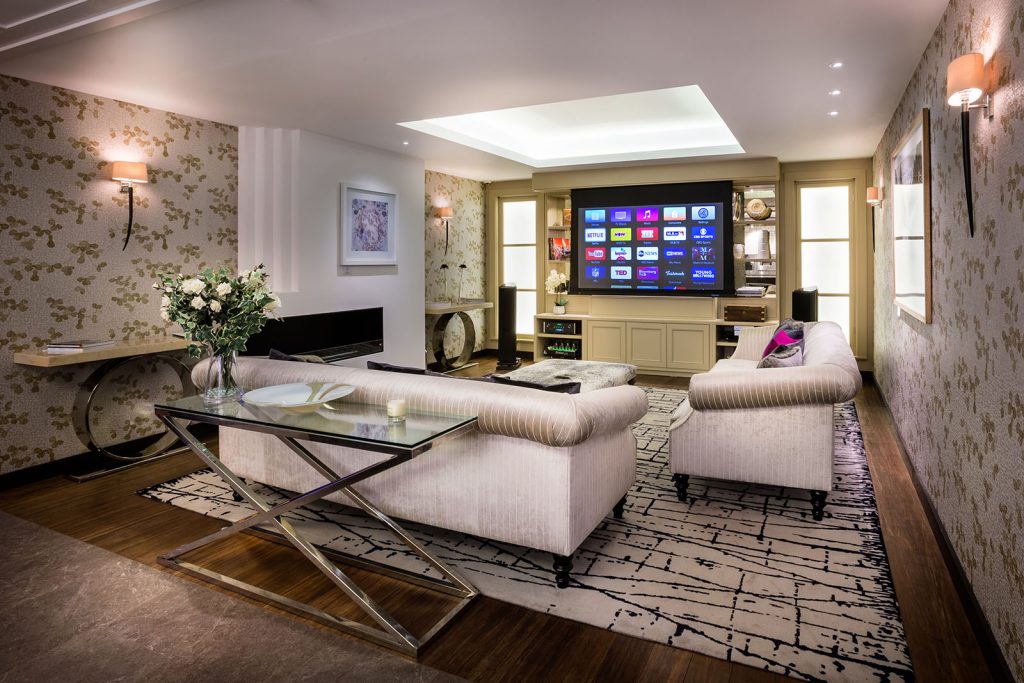
Some might call it lazy, but we prefer to refer to this benefit as ‘comfort friendly.’ Just think, you’re lying in bed and have just got comfy, but realise you have left a light on downstairs. No worries, simply turn them off from the comfort of your bed without having to get up or disturb anyone.




